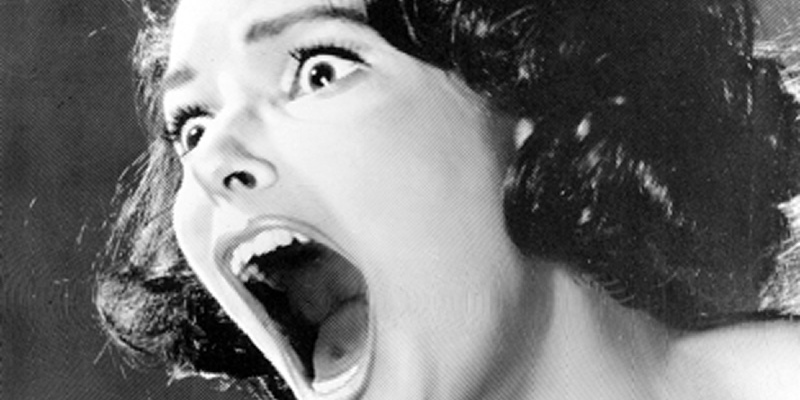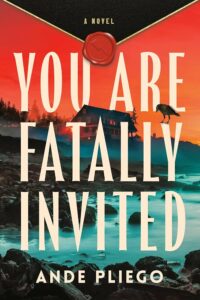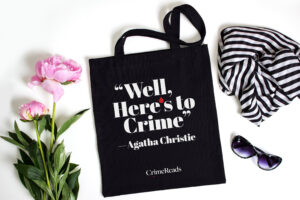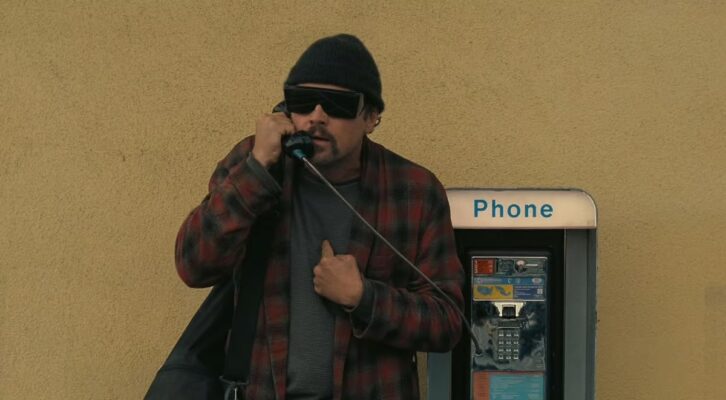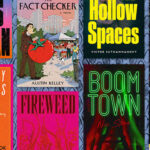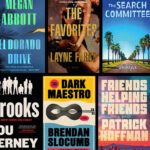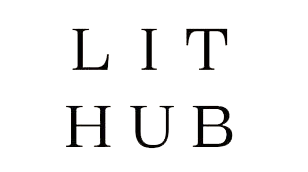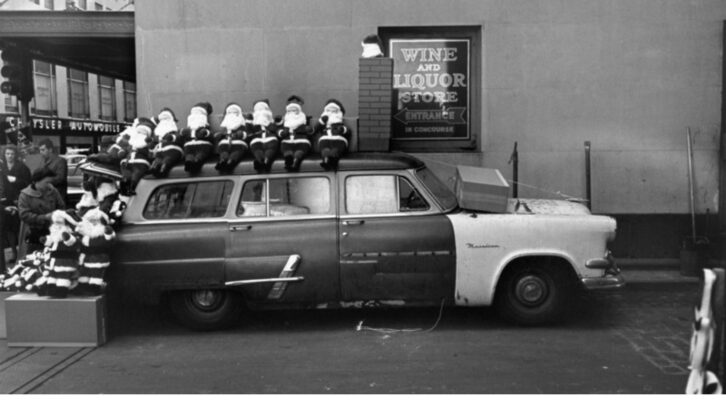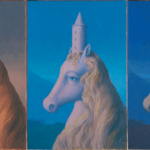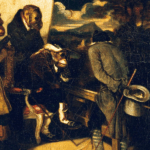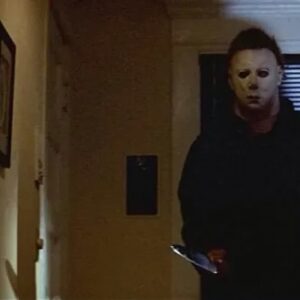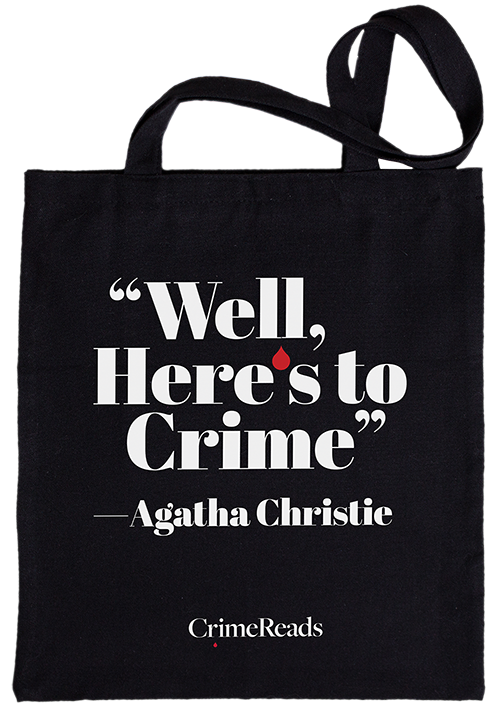In recent years, the art of genre-blending has seeped steadily into the mainstream, and I for one am waving a welcome banner for its arrival. As a reader first, I crave a book that will give me the things I know I love, but I want them fresh. Raw and wriggling, you know what I’m saying? It’s quite a conundrum, not only for readers but for writers, too, wracking their brains to develop a shiny idea that will arrest readers in such a saturated market. How can we have a meal that satisfies the same cravings, but does it differently? My favorite solution: by mixing in something opposite, contrasting. A seasoning to coax out the flavors that are already there, while adding something new.
In the case of genres, romantic comedies aren’t the new kid on the block anymore, and I could not be more pleased to see the fear genres receiving that fresh injection of comedy. These last few years, we’ve been gifted movies like Get Out, The Menu, and Game Night, and books like Grady Hendrix’s outrageous The Southern Book Club’s Guide to Slaying Vampires and Amy Tintera’s brilliant Listen for the Lie. They’re weird; they’re dark (and content warnings are a beautiful thing); they’re hilarious. It’s my perspective that this strange union has helped the fear genres reach and connect with more readers than ever before.
Let’s pick at that.
When I brandish the term ‘fear genres,’ I’m primarily talking about thrillers and horror—stories that might send a chill spidering down your spine. Fear is such a primal, innate part of our being; it can be so stark and all-consuming that it can wash away the pleasantries, social differences, and barriers between us. Fear strips us bare, leaving our frantically pounding hearts vulnerable, and in the end, aren’t they all the same? Aren’t we all the same?
And while the monsters are terrifying, more often than not they are a reflection—a caricature—of something even deeper. Maybe the true thing to face isn’t the alien clown (which is still, understandably, distressing), but the abusive father (It, Stephen King). Maybe it’s not the eerie happenings of Hill House, but the way they bring out something twisted in Ettie (The Haunting of Hill House, Shirley Jackson). The fear genres—particularly horror—excel at cutting the small talk and slicing straight to the heart of the conversation. In such stories, as the characters are reduced to their truest selves, they are given a choice: to give in or face it.
Now that’s a story, Jack.
Heavy stuff, though. Every feeling is heightened, every decision tested. The characters prodded to the breaking point and elbowed over the edge. There’s a reason so many horror stories center around familial tensions; that’s a pyre of emotion, just waiting to be set ablaze by the thing lurking in the basement. And while that level of intensity can make many a person feel seen, it can also limit its readership (which isn’t innately a bad thing). But what if we added balance? Contrast? Release?
Enter, humor.
That’s the beauty of genre-blending: adding a new seasoning, to draw a new readership in. With such a saturated emotion like thrills and chills, contrasting feelings become similarly vivid. Comedy particularly can crack high tension and allow the reader to release that baited breath into a laugh. This tidal rise-and-fall allows the reader to go on a journey dappled with both the dark and the light and experience the rich storytelling that fear can give us.
Carissa Orlando’s The September House is a prime example; it follows a woman determined to live out her days in the beautiful dream house she’s always longed for—never mind the fact that every September, the house takes after The Overlook Hotel from The Shining. It’s definitely a horror story, but through the lens of humor, Orlando holds a magnifying glass over self-deception, and the lengths a person will go to hold onto something they’ve dreamed about for years.
In the thriller vein, Eve Kellman’s How to Kill a Guy in Ten Ways takes an unflinching look at the harrowing dangers girls face in the real world, and one woman’s pursuit to bring her sister’s abuser to justice. While you wouldn’t think the story could be comedic at all, the hilarity of our anti-hero-villain’s accidental foray into vigilante-ism both amplifies the grittiness of the topic and provides a welcome relief from it.
When I began writing You Are Fatally Invited, I was hounded by the knowledge that every story has been done before. How could my fresh blood actually be fresh, and particularly, how could I write this dark story of revenge and want, without it being relentless?
Effective, quirky parodies like Galaxy Quest, Jumanji: Welcome to the Jungle, and Game Night gave me the idea: humor. Satire. Taking the serious tropes of a genre and spinning them in a fun, tongue-in-cheek light. The end result is this: a book about six thriller authors, all masters of their genre, who are invited to a private island for a writer’s retreat, where they quickly find themselves in a murder mystery as their anonymous host begins killing them off using the tropes from their books.
Every bit of the situation is what a thriller author would, in theory, know only an idiot in a mystery would fall for: private island, anonymous host, storm coming. This panicked self-awareness from the characters evolved into a fun meta-commentary on the fear genres, while also—I hope—giving the reader the courage to look in the eye the consequences of our darkest desires coming to life.
Scary stories with a smattering of levity entice the reader with a good time, but deeper than that, they’re a promise not to leave you alone in the dark for too long. Here there be monsters, the stories say, but don’t worry; we’ll give you the chance to laugh at them.
And sometimes, maybe that’s just what a person needs to face the dark.
***

